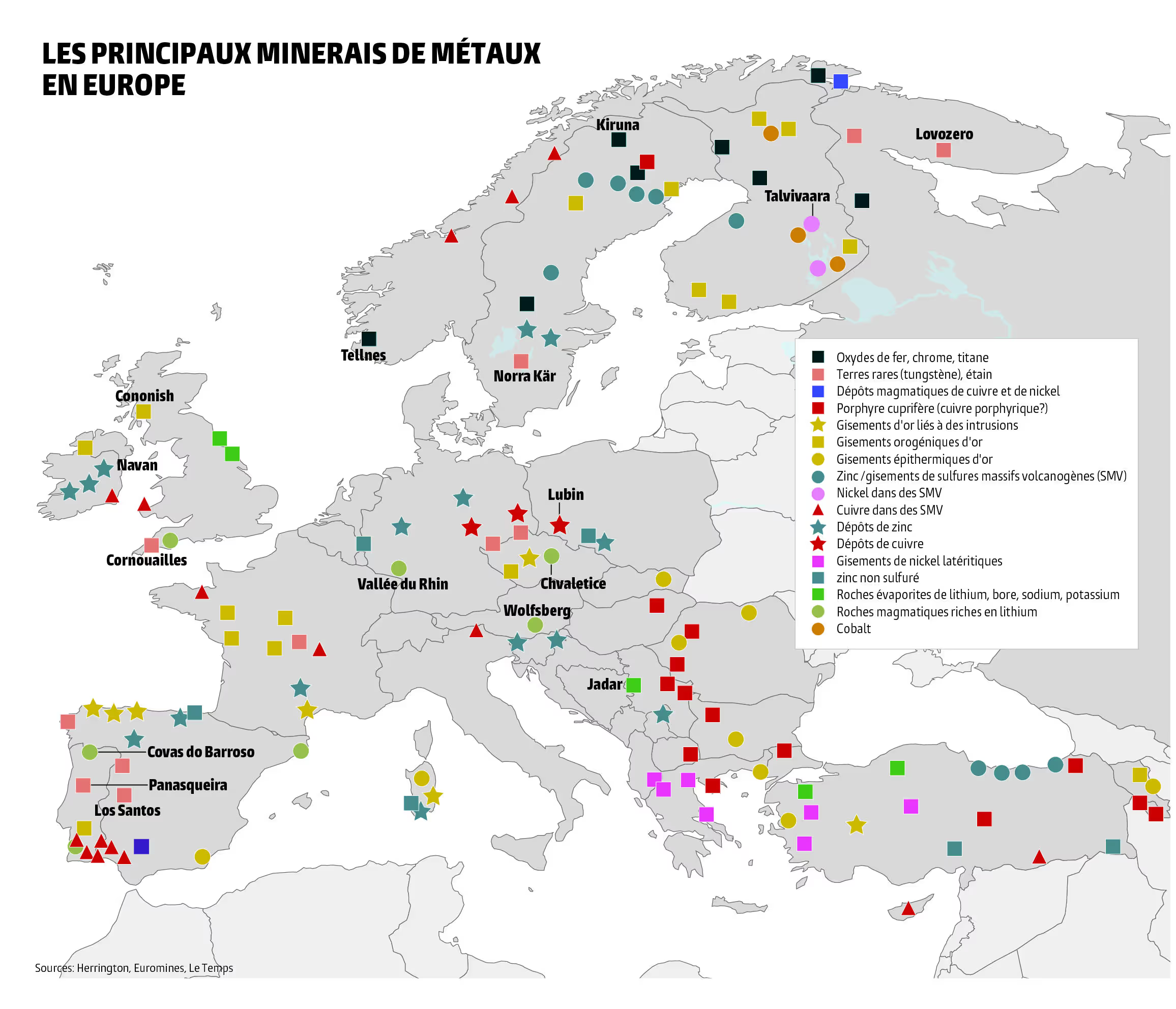“Would you like people, animals, and plants to become products of technology? If you don't like this idea, computer and biological sciences are clearly dangerous for you. This is very simple, and has nothing to do with morality, Gödel's incompleteness theorem, or other abstract philosophical questions.[1].”
— Theodore Kaczynski
The “Technosalopery” section will regularly present new technology developed by mad scientists who dedicate their pathetic existence to ruining life on Earth. Let me tell you right away, this series of articles promises to be long due to the irresponsibility assumed by our scientific friends. Today we are launching this series with the xenobot, the first machine made with living cells. This Promethean project falls within the field of synthetic biology (or synthetic biology), an emerging sector of biotechnologies combining biology and engineering techniques.
In 2020, media technologists welcomed a major advance in the field of synthetic biology: American scientists with the help of a supercomputer designed a first “xenobot” (or “xenorobot”) using stem cells from a species of African frog (Xenopus laevis). First, artificial intelligence generates thousands of possible combinations of “passive” cells (skin cells) and “active” cells (heart cells), the latter used to move robots by contracting their muscle fibers. After an incubation period, the cells are assembled according to the models proposed by the computer. Building robots in this way makes it possible to change their characteristics according to needs (rapid movement, load collection and transport, etc.). In 2020, this biosynthetic robot the size of a pinhead was already able to survive independently for 10 days (several weeks in a nutrient-rich environment), to regenerate after injuries and to move around while carrying a payload[2]. At the end of 2021, the British newspaper The Guardian announced that xenobots had acquired the ability to self-replicate[3].


Scientists therefore reduce life to a set of bricks, a kind of Lego that could be disassembled and reassembled according to the needs of the technological system. Robotics engineer Joshua Bongard praises his work:
“It's not a traditional robot or a new animal species, but a completely new form of life that's fully programmable.[4].”
Great. Imagine fully programmable humans, the dream of all totalitarian regimes! Always at the forefront of techno-totalitarianism, China is already working on artificial wombs[5].
Propaganda that reassures
To advertise this biotechnological innovation with great fanfare, the system's propaganda always highlights reassuring prospects: repair of electrical circuits, possibility of decontaminating polluted areas (radioactivities or other), “dizzying prospects in terms of medicine”.[6] ”, etc.
Here is what it looks like at Futura Sciences :
“The potential of these xenorobots is a dream come true: for example, they could transport drugs around the human body or clean atheroma plaques in the arteries before they degrade naturally. They could also collect plastic from the ocean, digest toxic or radioactive substances, or even identify molecules in environments inaccessible to humans.[7].”
Three things can be answered to demolish this fallacious argument.
The world must be laughed at for daring to pretend that xenobots are developed in order to improve the human and environmental condition. They are empty promises about hypothetical applications of an emerging technology in an equally hypothetical future; in other words, they are worthless. The aim is to obtain consent by presenting it as a technical feat, a celebration of human intelligence, a marvelous advance in Holy Science. It is imperative for the system to neutralize any critical thinking that would highlight the danger that biotechnological research represents for the future of the human species. This questioning could lead to a movement of popular resistance to the progress of technosciences. With each breakthrough innovation, the highest echelons of power — scientists, technocrats, scientists, technocrats, politicians, influencers, media — administer a dose of tranquilizers to the masses in order to obtain their consent. This was the case with the arrival of the first machines, electrification, nuclear power, GMOs as well as with the decoding of the human genome, which was supposed to make it possible to cure all diseases.
The idea that Science would have the answer to everything is the implicit message. Scientists will find remedies for all the nuisances of the technological system, for cardiovascular diseases caused by industrial food and for the multiple pollutions released by industrial firms. Rest assured, make yourself comfortable on your sofa, resume your Netflix series and enjoy the show. Why fight and resist? Scientists take care of everything!
Last point. On a strictly technical or physical level, one can seriously doubt the feasibility of a “big cleaning” of the biosphere using friendly xenorobots, devoted, well-trained and kept on a leash by algorithms. Who can believe in such imbecilies? Microplastics are found in faeces[8] and in the human lungs[9] ; plastic kills and contaminates countless marine and terrestrial living creatures[10] ; we find them at the North Pole, at the South Pole, in the highest mountains of the Himalayas, at the top of the Pyrenees as well as in the Alps and natural parks[11], in ocean trenches and coastal rocks[12]... no place on Earth is left untouched. It's much the same story for an unknown — and probably very high — number of persistent chemical substances such as perfluorinated components. Nearly 98% of Americans have a very high level of PFOA in their blood, and in France, 100% of participants in a study, children and adults, had their bodies contaminated with PFOA[13]. An investigation by journalist Fabrice Nicolino published in 2014 evoked the figure, in constant and exponential increase, of 70 million chemical molecules released “into the water, in the air, in the soil, in food, and even into the blood of newborns” by psychopaths in the chemical industry. This figure will increase even more rapidly with the rise of nanotechnology. And they would have us believe that all this is reversible with a wave of technological wand, by sending billions of cleaning xenobots to colonize all environments and all living organisms on the planet...
https://youtu.be/aQRBCCjaYGE
A video from the University of Vermont on xenobots.
Synthetic biology, a danger for the biosphere and humanity
“It is not an exaggeration to assume that synthetic morphology includes the possibility of creating entirely new organisms. It can be said that xenobots are already creatures of this type, even if these microscopic blobs are not very beautiful to see. Could possible solutions to calculating the assembly of frog cells — what mathematical biologists call attractor states — include bodies of totally different macroscopic size: fish, for example, or worms[14] ? ”
— Philip Ball, science journalist
It is the DARPA (Defense Advanced Projects Agency), an agency of the United States Department of Defense, that partly funds research on xenobots. Contrary to the promises of improving the human condition hammered out by propaganda, the first applications of this technology will, as is often the case, be military. These robots could be programmed to spread a virus or a deadly poison in an organism or to destroy targets. The Red Team initiative, composed of scientists and soldiers dedicated to foresight work, speaks of “ecosystem warfare”[15] ”.
Another concern is a possible loss of control by xenobots. Perceiving humans as a threat, autonomous artificial intelligence could decide to manufacture and program nanorobots en masse in order to kill humans en masse[16].
Even in the highly improbable case where these technologies are developed and disseminated without spreading chaos all over the planet, the logical continuation of such a technological trajectory is the eradication of all forms of independent living. An objective explicitly put forward by Michael Levin, one of the researchers at Tufts University working on xenobots:
“The aim is to understand the software of life. If you think about birth defects, cancer, age-related diseases, all of these things could be solved if we knew how to create biological structures to have ultimate control over growth and shape.[17].”
The improvement of humans, and more generally of living systems, is a transhumanist, and therefore eugenic, program. Eugenics goes hand in hand with technological progress. Humans cannot compete in terms of performance with the machine that has become the model to follow. The eradication of the human species to replace it with an army of optimized clones, and the extermination of all forms of autonomous life, constitute the inevitable horizon of this project. But this quest for “ultimate control” over nature is unlikely to reach its goal, which makes it all the more delirious. It is much more likely that this blind search for power will end up permanently destroying the conditions that made life possible on our planet, much sooner than we imagine.
MH







